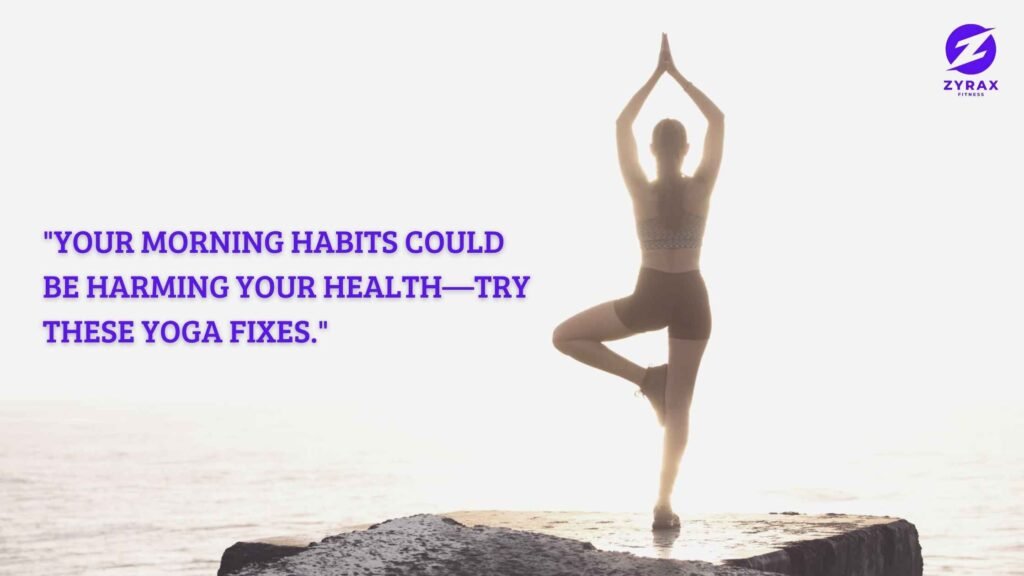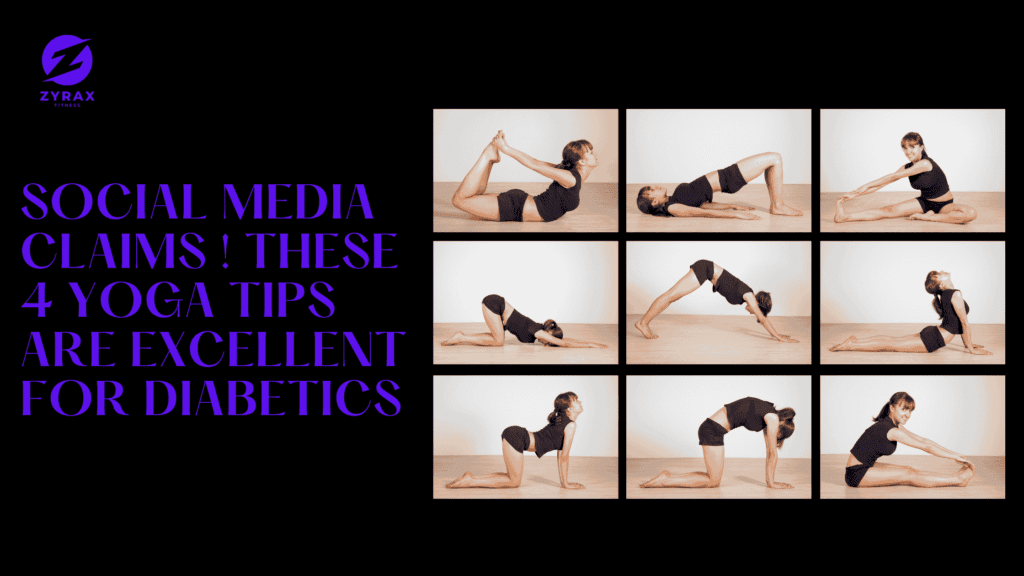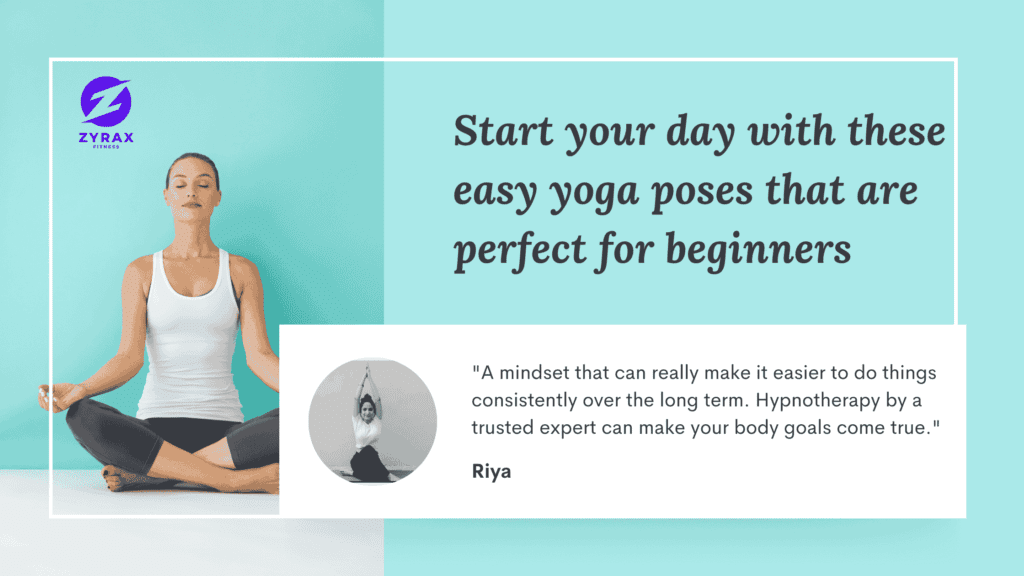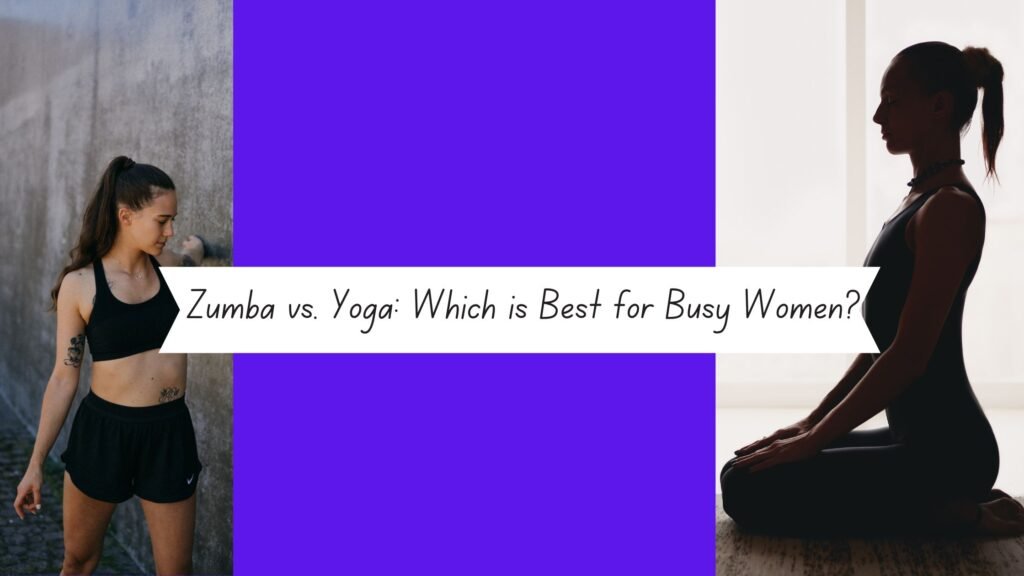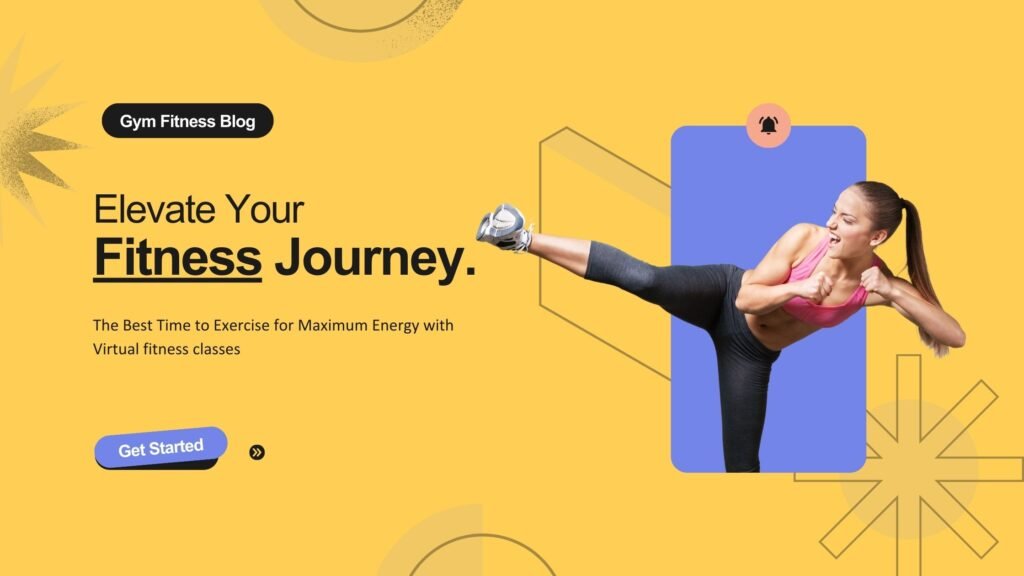“Aerial Yoga: 10 Beginner Friendly Poses for Instant Stress Relief”
Aerial Yoga: 10 Beginner Friendly Poses for Instant Stress Relief In today’s fast-paced world, stress has become a daily companion for many. Between work commitments, family responsibilities, and endless to-do lists, it’s essential to find ways to unwind and recharge. Enter aerial yoga — a graceful fusion of traditional yoga, Pilates, and aerial acrobatics. Not only does it offer a fun twist to conventional yoga, but it also delivers a profound sense of relaxation and well-being. This article will guide you through 10 beginner friendly poses for instant stress relief using aerial yoga. Whether you’re completely new to yoga or simply looking for a creative way to combat stress, aerial yoga provides an uplifting experience. Let’s dive into 10 Beginner Friendly Poses for Instant Stress Relief that’s literally elevating peace of mind. What is Aerial Yoga? Aerial yoga, also known as anti-gravity yoga, uses a silk hammock suspended from the ceiling to support your body during yoga poses. This innovative approach allows you to stretch more deeply, decompress your spine, and explore a wide range of motion without putting pressure on your joints. It’s perfect for beginners because the hammock assists your movements, providing balance and support. Benefits of Aerial Yoga for Stress Relief Before diving into the 10 beginner friendly poses for instant stress relief, let’s highlight the key benefits that aerial yoga offers: 10 Beginner Friendly Poses for Instant Stress Relief Let’s explore beginner-friendly aerial yoga poses designed to calm the mind and reduce tension. 1. Aerial Star Pose A wide-legged, open-arm pose suspended in the hammock. How to Do It: Benefits: Opens the chest, improves posture, and promotes relaxation. 2. Floating Savasana The aerial version of the traditional corpse pose. How to Do It: Benefits: Induces deep relaxation and meditative calm. 3. Inverted Butterfly Pose A gentle inversion with feet together and knees apart. How to Do It: Benefits: Decompresses the spine and boosts circulation. 4. Supported Forward Fold A mild, supported forward bend. How to Do It: Benefits: Eases back tension and gently stretches hamstrings. 5. Aerial Child’s Pose A relaxing, restorative pose. How to Do It: Benefits: Calms the nervous system and reduces mental fatigue. 6. Aerial Cat-Cow A flowing sequence to awaken the spine. How to Do It: Benefits: Boosts spinal mobility and relieves stress. 7. Reclined Bound Angle Pose A hip opener supported by the hammock. How to Do It: Benefits: Opens hips, enhances deep breathing, and fosters emotional release. 8. Aerial Downward Dog A supported inversion. How to Do It: Benefits: Relieves back pain, boosts energy, and clears the mind. 9. Aerial Pigeon Pose A deep stretch for the hips. How to Do It: Benefits: Opens hips and helps release built-up stress and emotions. 10. Floating Meditation Pose A tranquil seated meditation. How to Do It: Benefits: Encourages mindfulness and mental clarity. Tips for Practicing Aerial Yoga Safely Who Should Try Aerial Yoga? This practice is suitable for most people, especially those seeking stress relief, better flexibility, and a mindful movement routine. However, avoid aerial yoga if you have: FAQs About 10 Beginner-Friendly Poses for Instant Stress Relief Q1. Is aerial yoga safe for beginners? A: Yes, aerial yoga is beginner-friendly when done with proper guidance and equipment. Many studios offer beginner classes specifically designed to help newcomers feel comfortable. Q2. Do I need to be flexible to start aerial yoga? A: Not at all. The hammock assists in stretching and balance, making it easier to improve flexibility over time. Q3. Can aerial yoga really help with stress? A: Absolutely. The combination of movement, breathwork, and gentle inversions helps calm the nervous system and reduce cortisol levels. Q4. What should I wear for an aerial yoga class? A: Wear fitted, comfortable clothing that covers your arms and legs to prevent fabric burns. Avoid zippers or jewelry. Q5. How long does it take to see results from aerial yoga? A: Many people feel immediate stress relief after the first session. With regular practice, you’ll notice increased flexibility, better posture, and improved mood within a few weeks. Q6. Is it necessary to invert in aerial yoga? A: No, you can practice aerial yoga without inversions. Many poses focus on support, stretching, and relaxation without going upside down. Final Thoughts With these 10 beginner friendly poses for instant stress relief, aerial yoga offers a gentle and supportive way to release tension from the body and mind. Whether you’re seeking better flexibility, emotional clarity, or simply a new wellness routine, aerial yoga delivers a unique and uplifting experience. Start slowly, listen to your body, and allow yourself to float into a more peaceful state of being. With just a hammock and a little courage, you can elevate not only your body — but also your life.


